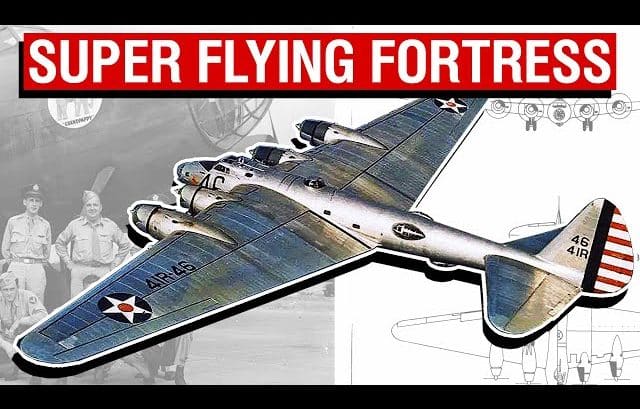The Boeing XB-15 is considered to be the first of the so-called “Super Bombers” developed in the United States in the lead-up to and during WWII. It can even be considered as the cousin to the Douglas XB-19.
However, although these two planes were both incredibly big, Boeing is often been overshadowed, even outright ignored, despite its own contributions to the field of designing massive aircraft.
Origins
The Boeing XB-15 can trace its origins back to the early 1930s. At that time, the US Army Air Corps wanted to explore the development of very large, and very long-range bombers.
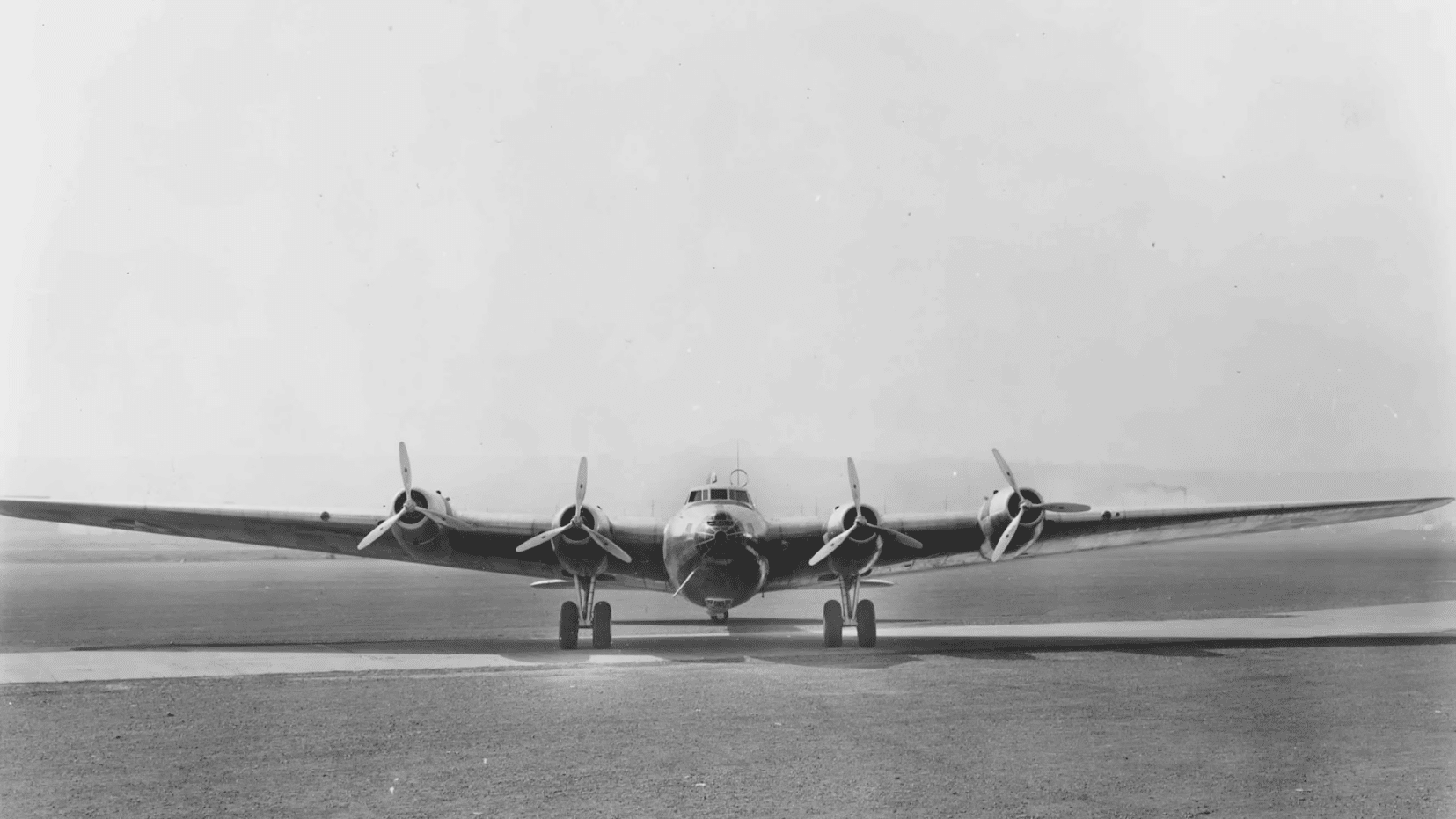
The Boeing design was a considerable step up from any aircraft previously built by the company, and orders for the XB-15 prototype were built. It was then later known as the XBLR-1. Construction of the prototype took over two years to complete because of the size of the aircraft.
First Flight
Eventually, design challenges were overcome, and the XB-15 made its maiden flight on October 15, 1937. During that time, it was the biggest and most advanced aircraft built in the US.
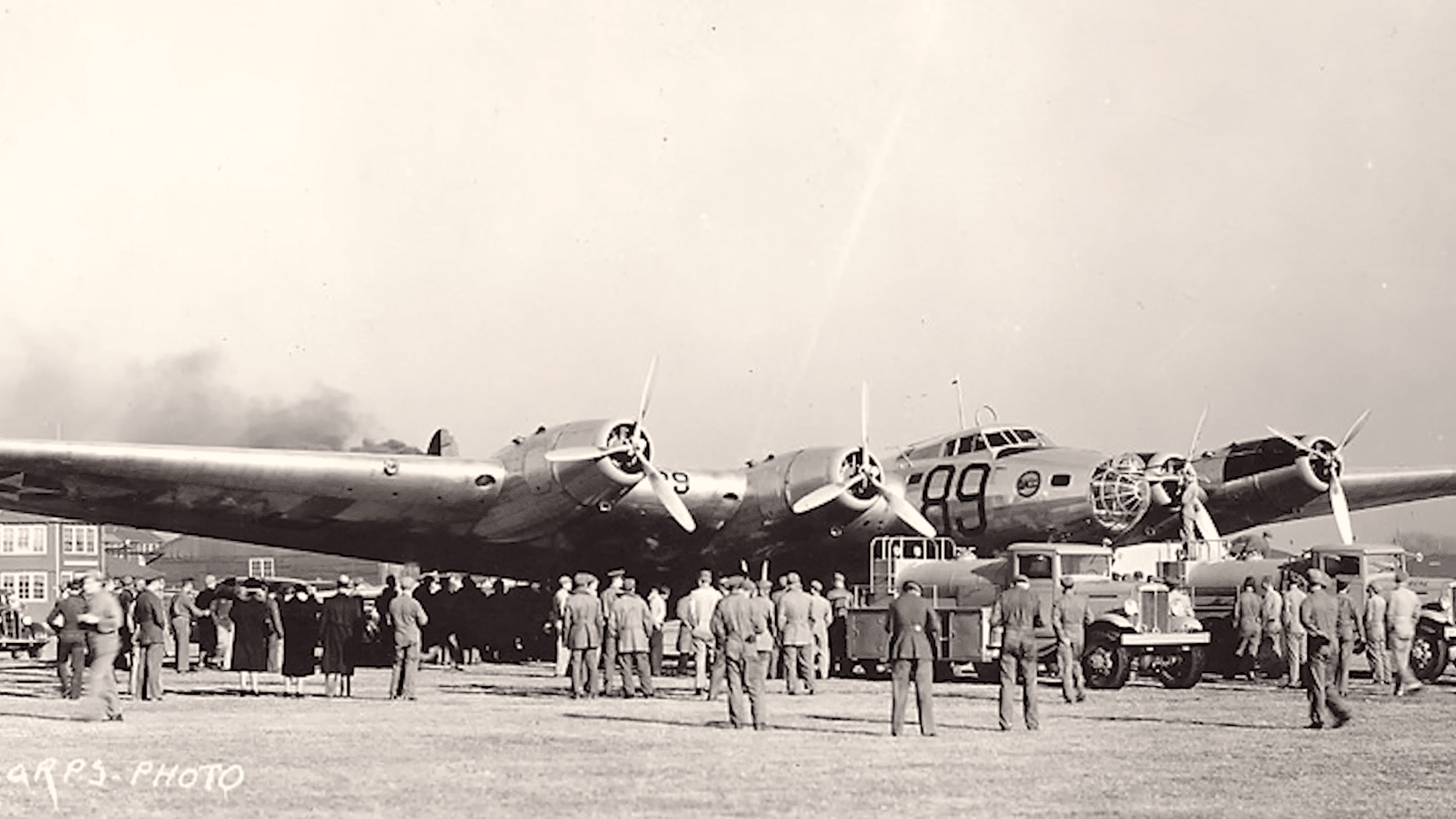
It had a wingspan of 149 feet, a length of 87 feet, and a height of 18 feet and 1 inch. Much like the XB-19, the wings were so massive that it allowed for the provision of a service tunnel, allowing engineers to access its engines during flight to do maintenance and emergency repairs.
Outclassed
Though the XB-15 was impressive, it was already outclassed before it left the ground. It was the most advanced plane Boeing had yet produced, the numerous delays caused by the pioneering of the XB-15’s construction meant that it was completed months, or even years after other planes were already benefiting from the lessons it had produced.
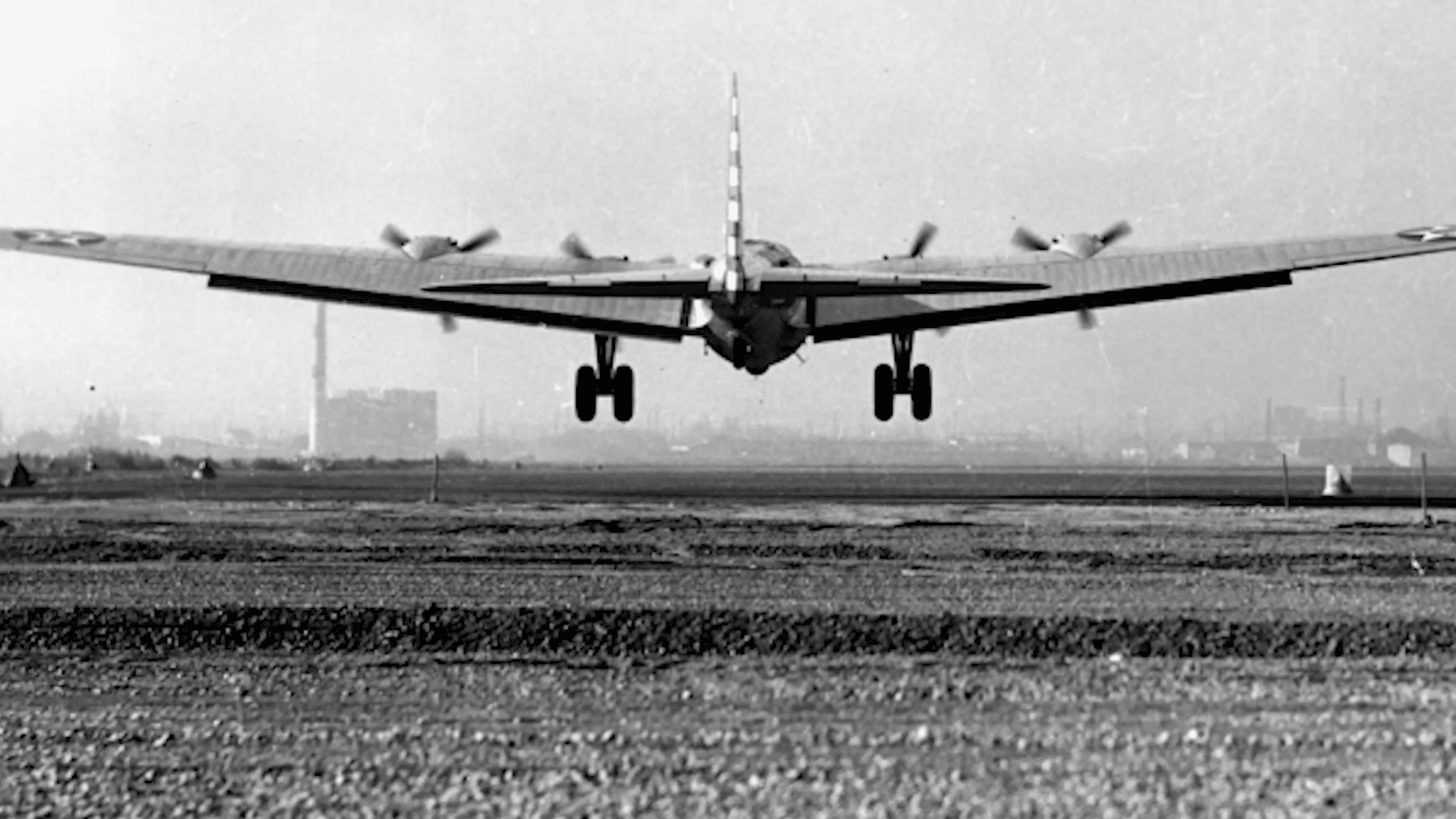
Work was also progressing for the Douglas XB-19, which dwarfed the Boeing design in size, range, payload capacity, and weight. The projected requirements for a heavy bomber also changed so much in just a couple of years, bringing the XB-15 up to scratch, and requiring a major re-design.
Super Flying Fortress?
While it is also referred to as the “Super Flying Fortress,” the XB-15 had considerably fewer defensive guns than the B-17. Instead, it was only equipped with three 0.30-cal M1919 Browning machine guns and three 0.50-cal M2 Browning machine guns.
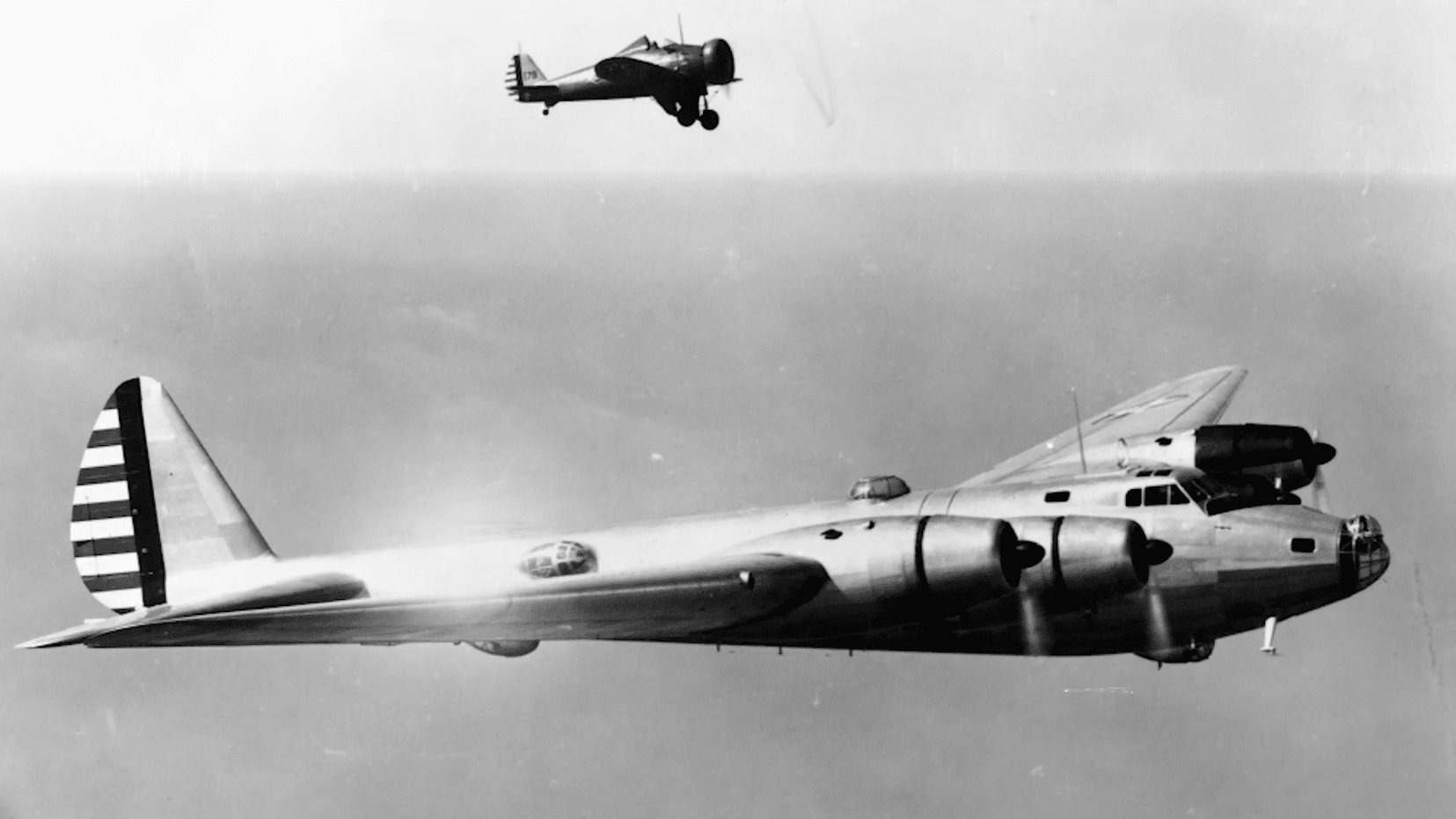
Two guns are mounted on the ventral turrets, one in a dorsal turret, another in the nose, and two were in waist positions – a tail gun wasn’t provided. Even though it was the most potent defensive arrangement ever seen on a bomber aircraft, by the time it was complete, it could only be deemed “adequate.”
Use as An Experimental Aircraft
Although the chances of the XB-15 being developed into an actual frontline aircraft were slim, it still can carry big payloads, far more than the 2,000 lbs initially tested.
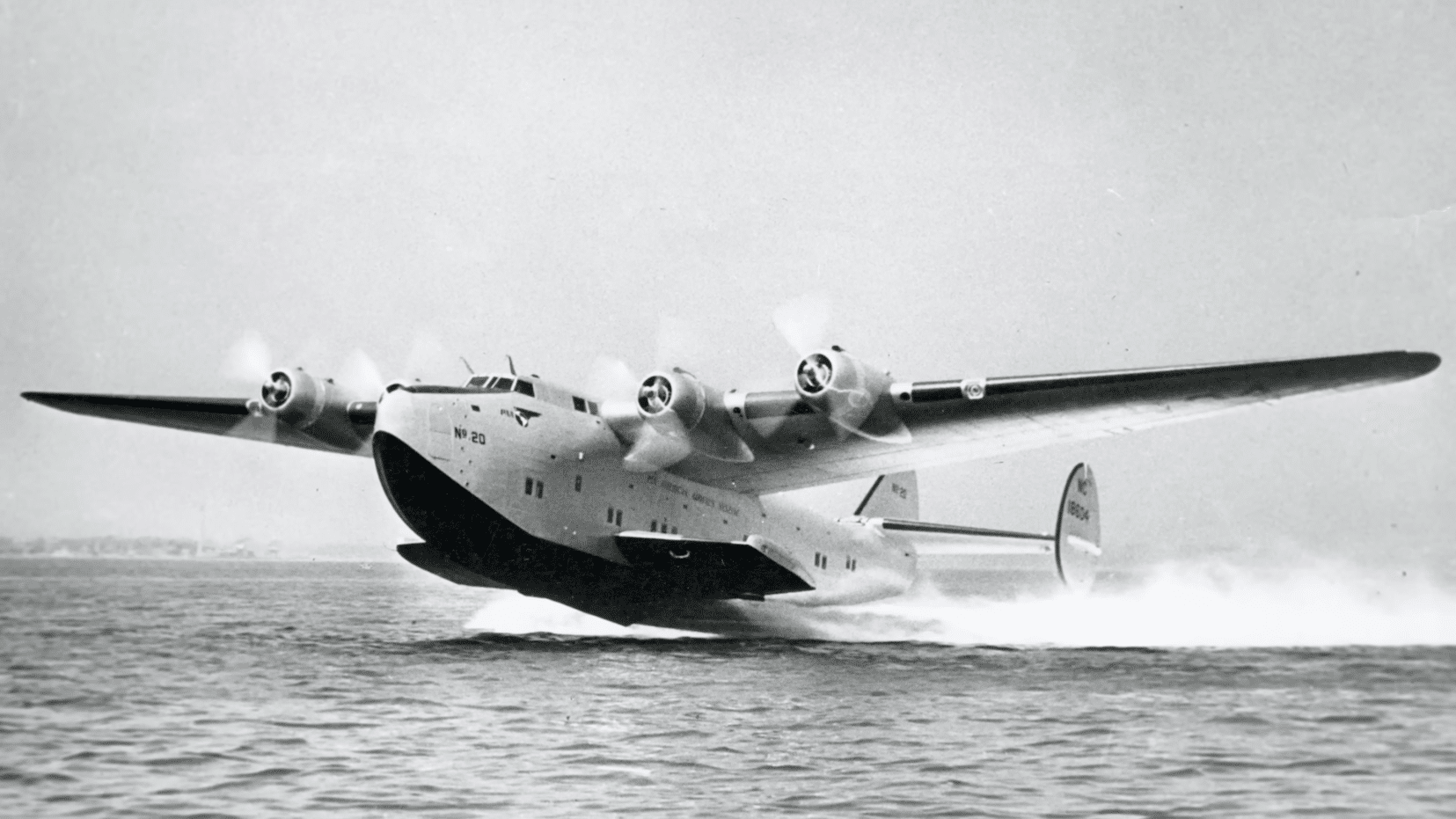
Part of the aircraft’s design would live on in the Boeing 314 Clipper, taking the design of the XB-15’s wings and slapping it onto the hull of a giant flying boat.


